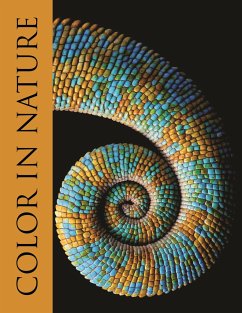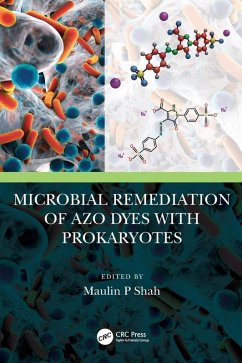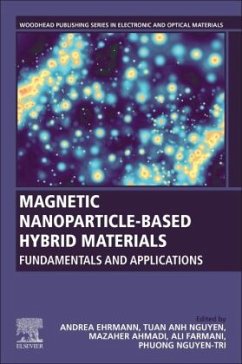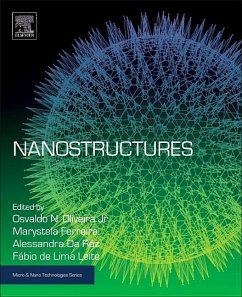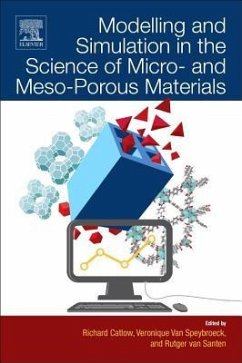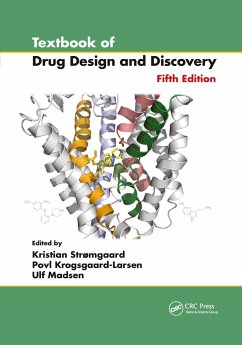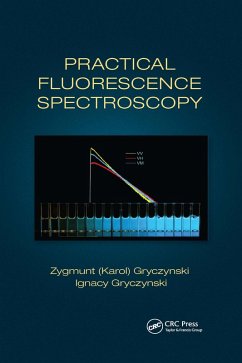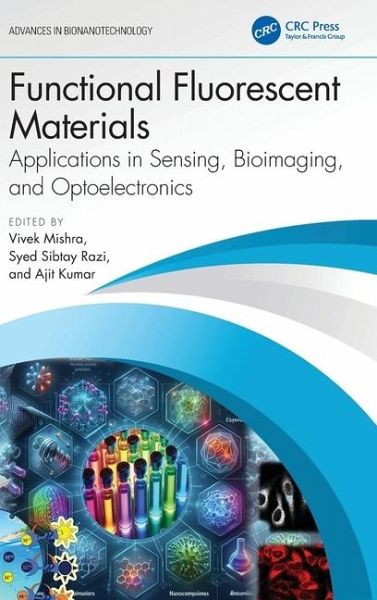
Functional Fluorescent Materials
Applications in Sensing, Bioimaging, and Optoelectronics
Herausgegeben: Mishra, Vivek; Razi, Syed Sibtay; Kumar, Ajit
Versandkostenfrei!
Versandfertig in 6-10 Tagen
165,99 €
inkl. MwSt.
Weitere Ausgaben:

PAYBACK Punkte
83 °P sammeln!
Functional Fluorescent Materials: Applications in Sensing, Bioimaging, and Optoelectronics explains functional molecular probes (organic/inorganic materials, polymers, nanomaterials), with a focus on those that represent spectroscopic properties with detection of different analytes and specific roles in molecular recognition and their applications. It broadly covers molecular recognition to applications of fluorescence reporters, starting from optoelectronic properties of materials, detection of heavy metals, through biological macromolecules, and further to a living cell, tissue imaging, and ...
Functional Fluorescent Materials: Applications in Sensing, Bioimaging, and Optoelectronics explains functional molecular probes (organic/inorganic materials, polymers, nanomaterials), with a focus on those that represent spectroscopic properties with detection of different analytes and specific roles in molecular recognition and their applications. It broadly covers molecular recognition to applications of fluorescence reporters, starting from optoelectronic properties of materials, detection of heavy metals, through biological macromolecules, and further to a living cell, tissue imaging, and theranostics.
Features:
- Covers different aspects of fluorescence spectroscopy ranging from chemical, physical, and biological aspects along with optoelectronic properties, mechanisms, and applications.
- Describes all types of chemical and functionalized fluorescent nanomaterials.
- Provides additional information on different kinds of fluorescence reporters.
- Explains the concept of fluorescence spectroscopy and its role in human health care.
- Discusses changes in static and dynamic properties of fluorescent probes and molecular recognitions.
This book is aimed at graduate students and researchers in materials, chemical engineering, and engineering physics.
Features:
- Covers different aspects of fluorescence spectroscopy ranging from chemical, physical, and biological aspects along with optoelectronic properties, mechanisms, and applications.
- Describes all types of chemical and functionalized fluorescent nanomaterials.
- Provides additional information on different kinds of fluorescence reporters.
- Explains the concept of fluorescence spectroscopy and its role in human health care.
- Discusses changes in static and dynamic properties of fluorescent probes and molecular recognitions.
This book is aimed at graduate students and researchers in materials, chemical engineering, and engineering physics.





